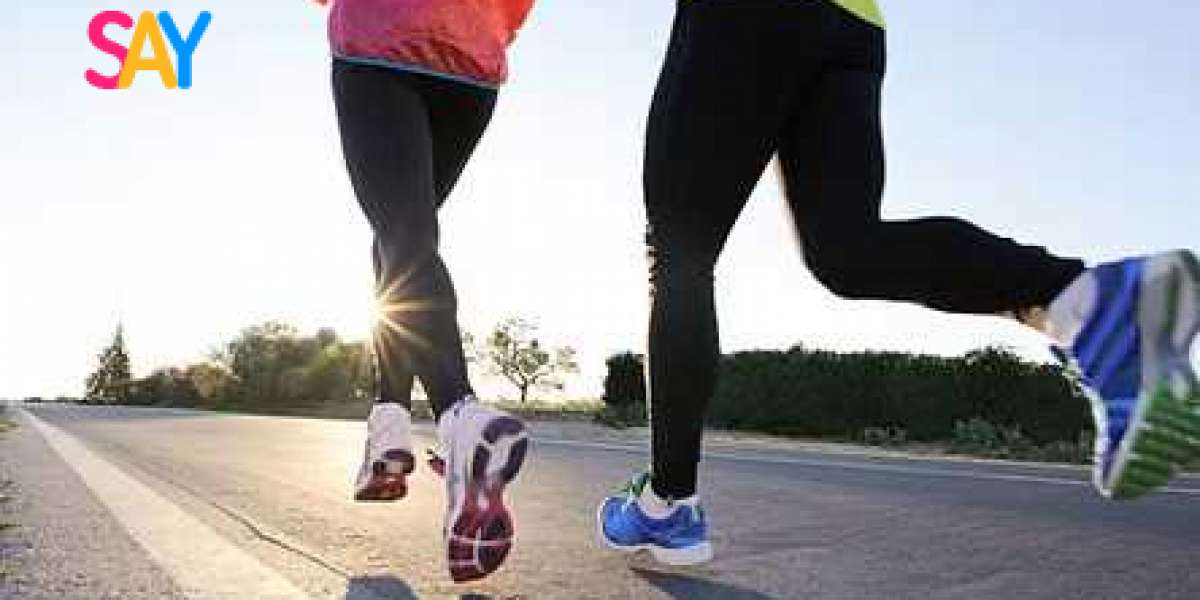Running is one of the most accessible and popular forms of exercise worldwide. It helps improve cardiovascular health, boosts mental clarity, and contributes to overall well-being. However, not every runner experiences the same level of comfort or efficiency. Many face foot pain, knee problems, or even hip discomfort due to improper foot alignment. This is where orthotics come into play — especially custom orthotics from trusted brands like PODO.
In this comprehensive guide, we’ll explore the benefits of running with orthotics in shoes, how they impact performance, who needs them, and what to consider when choosing orthotics for running.
What Are Orthotics?
Orthotics are custom-designed shoe inserts or insoles that help correct biomechanical issues with your feet. They are often used to treat:
- Flat feet
- High arches
- Plantar fasciitis
- Overpronation or supination
- Heel pain
- Shin splints
- Achilles tendinitis
These inserts can be either over-the-counter (OTC) or custom-made, and they work by realigning the foot, improving posture, and distributing pressure evenly.
Why Runners Use Orthotics
Running places significant stress on the feet, knees, and lower back. With every stride, your foot absorbs a force up to 3 times your body weight. If your feet aren’t properly aligned, this force can cause injury or chronic discomfort over time.
Orthotics for running help by:
- Correcting foot posture (e.g., preventing overpronation)
- Absorbing shock and reducing impact
- Improving stability and balance
- Enhancing comfort, especially on long runs
- Preventing common injuries like shin splints, plantar fasciitis, and IT band syndrome
Types of Orthotics for Runners
1. Custom Orthotics
These are prescribed by podiatrists after a full gait analysis and foot assessment. Brands like PODO offer tailored orthotics using 3D scans to match the exact contour of your foot.
Pros:
- Highly accurate and specific
- Long-lasting
- Ideal for serious runners or those with foot abnormalities
Cons:
- Expensive
- Requires professional fitting
2. Over-the-Counter (OTC) Orthotics
These are pre-made insoles available at sports stores or pharmacies. While not personalized, some OTC orthotics provide decent support and are a budget-friendly option.
Pros:
- Affordable
- Easily accessible
Cons:
- One-size-fits-all solution
- Less effective for complex issues
Signs You May Need Running Orthotics
You might benefit from orthotics if you experience:
- Chronic heel or arch pain
- Uneven shoe wear patterns
- Regular shin splints
- Knee, hip, or lower back discomfort
- Poor balance or frequent ankle sprains
Even if you're not currently in pain, using orthotics proactively can help prevent injuries and promote better running mechanics.
The Role of PODO in Running Orthotics
At PODO, we understand that every foot is different — and so is every runner. Our custom orthotics are engineered using advanced scanning technology, precise gait analysis, and premium materials to provide optimal support and cushioning.
We focus on:
- Biomechanical correction
- Lightweight and breathable design
- Durability for long-distance running
- Personalization to match your foot type and running style
Whether you’re a beginner, marathoner, or trail enthusiast, PODO orthotics are designed to enhance your performance and minimize discomfort.
How Orthotics Improve Running Performance
1. Better Alignment
Orthotics ensure your ankles, knees, and hips are aligned properly, reducing strain and promoting efficient movement.
2. Improved Shock Absorption
High-quality materials used in orthotics (like EVA foam or gel pads) absorb the impact during footstrike, reducing joint stress.
3. Enhanced Propulsion
By correcting foot posture, orthotics allow for a more natural toe-off, helping you run faster and more efficiently.
4. Injury Prevention
Many running injuries stem from poor biomechanics. Orthotics reduce the risk of:
- Plantar fasciitis
- Stress fractures
- IT band syndrome
- Runner’s knee
5. Reduced Fatigue
Proper support minimizes unnecessary muscle exertion, meaning you can run longer with less fatigue.
Adapting to Running with Orthotics
It’s important to note that transitioning to orthotics isn’t always instant. Your body needs time to adjust.
Tips for Adapting:
- Break them in slowly – Start by wearing them during short walks before running.
- Run shorter distances initially – Gradually increase mileage over a few weeks.
- Monitor discomfort – Mild soreness is normal, but sharp pain isn’t. If it persists, consult your podiatrist.
- Replace your running shoes – Old shoes may have worn-out support; pair new orthotics with quality footwear.
Choosing the Right Running Shoes for Orthotics
Not all running with orthotics are orthotic-friendly. When shopping for shoes:
- Look for removable insoles
- Choose models with a roomy toe box
- Opt for shoes with neutral or minimal arch support if you’re using custom orthotics
- Prioritize shock absorption and a firm heel counter
PODO’s orthotics fit well with most top running shoe brands and are designed to accommodate a wide range of foot shapes.
Final Thoughts: Are Orthotics Worth It for Runners?
For many runners, especially those with biomechanical imbalances or recurring pain, orthotics are not just worth it — they’re essential.
With PODO orthotics, you can enjoy:
- Pain-free running
- Improved alignment
- Reduced risk of injury
- Enhanced overall performance
Investing in the right orthotic solution is an investment in your health, comfort, and running journey.
Ready to Run with PODO?
Whether you're recovering from injury or aiming for a new personal best, PODO's custom orthotics can be the game-changer your feet have been waiting for.




